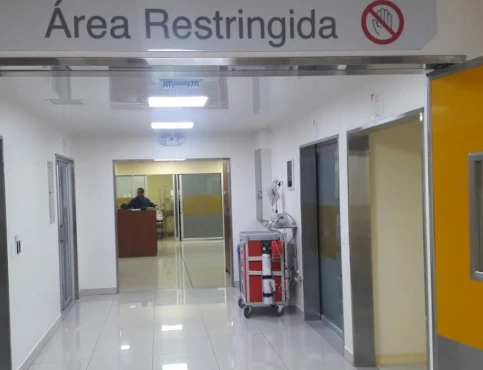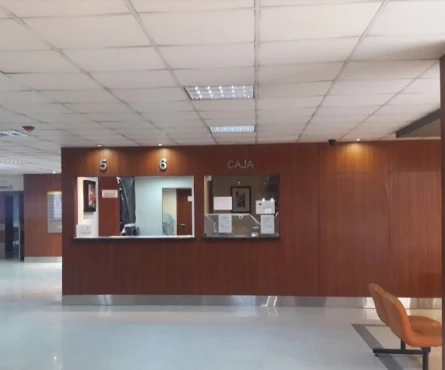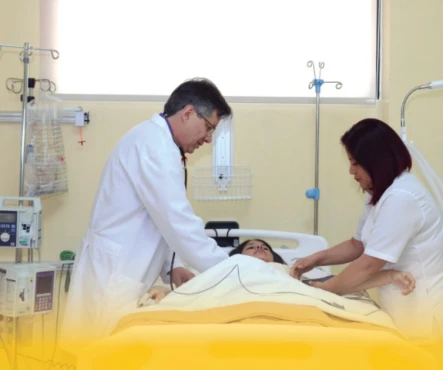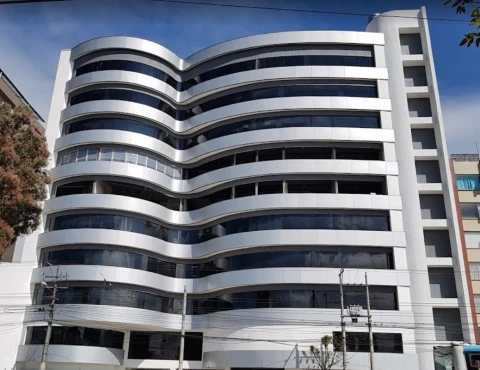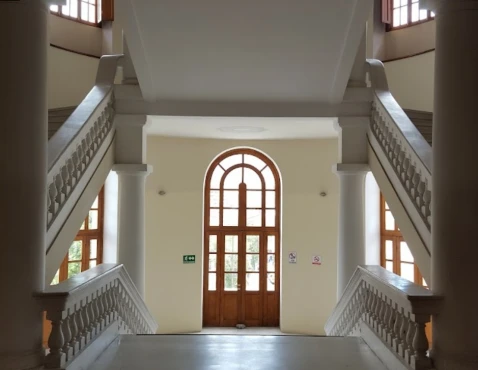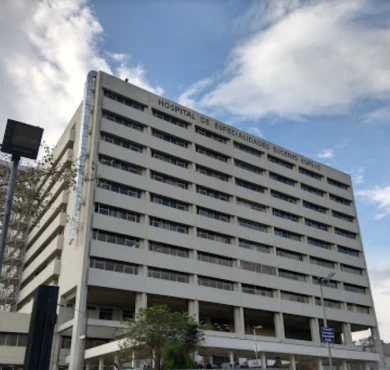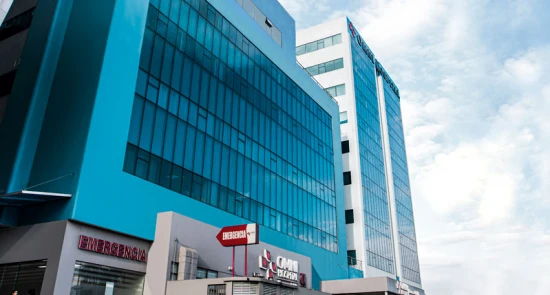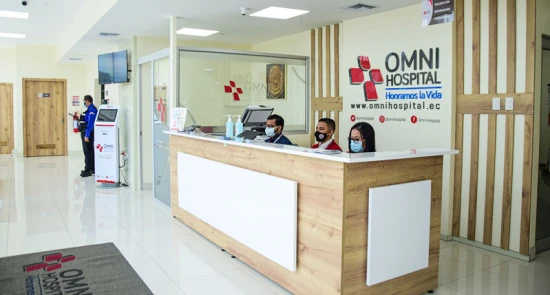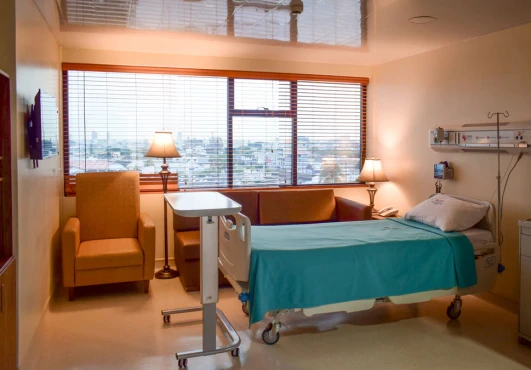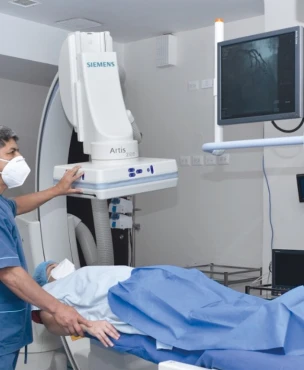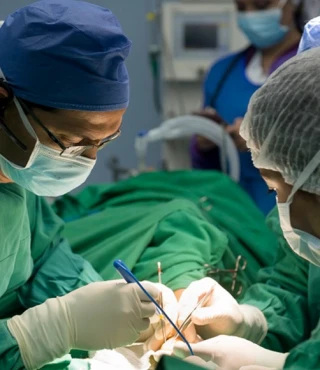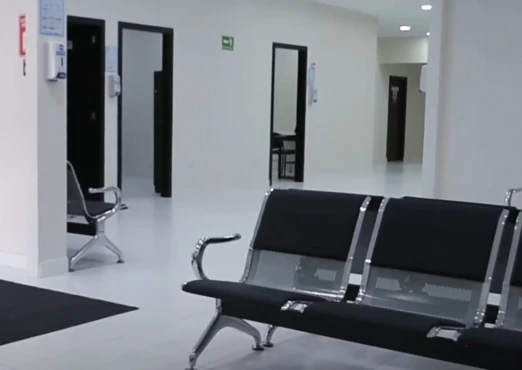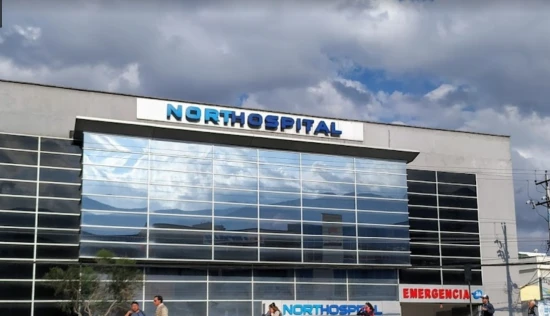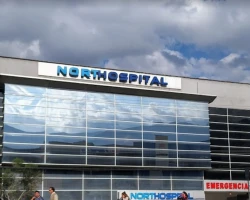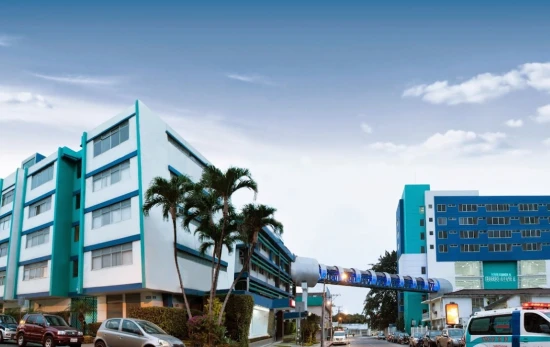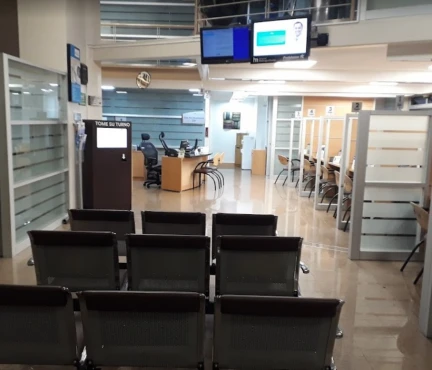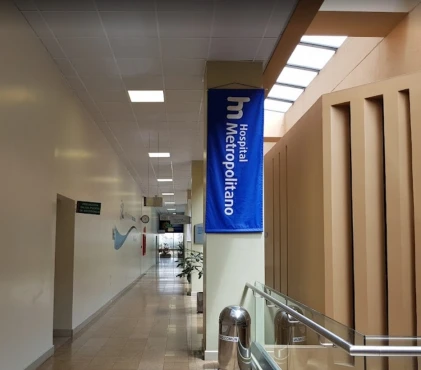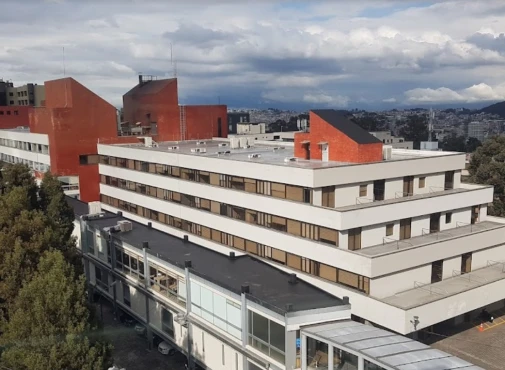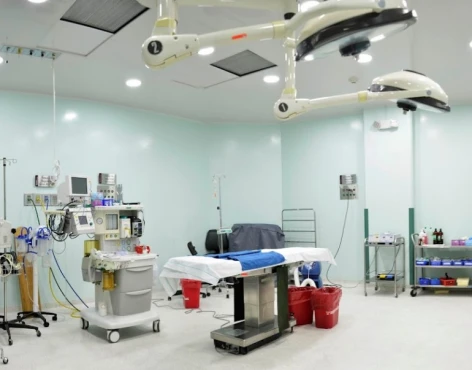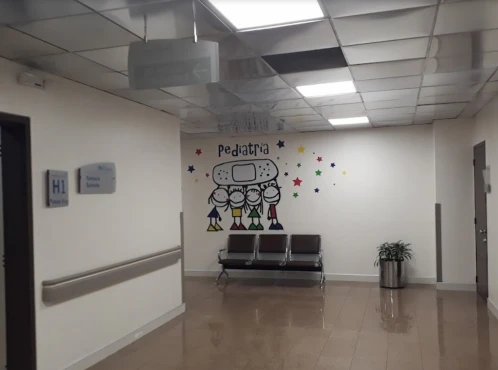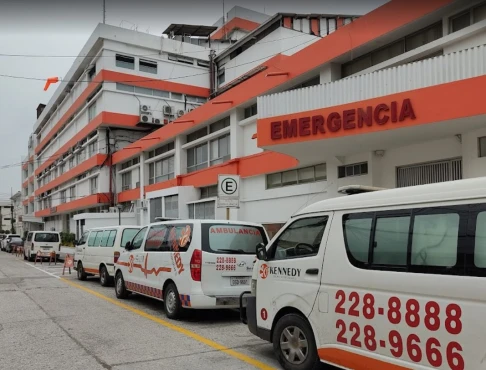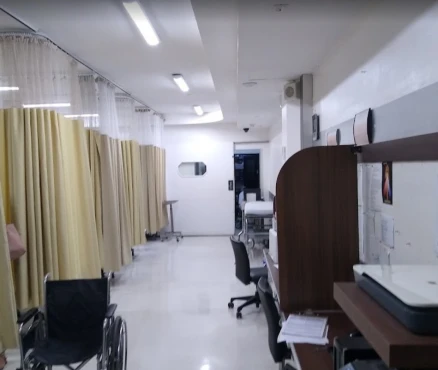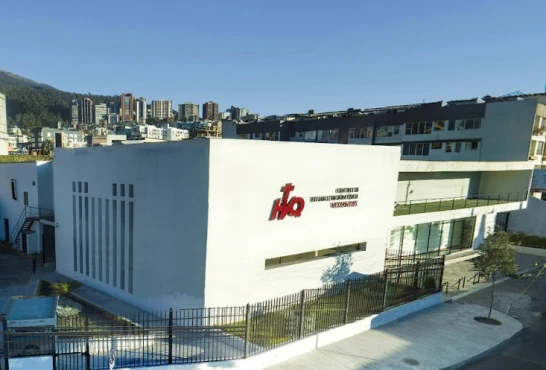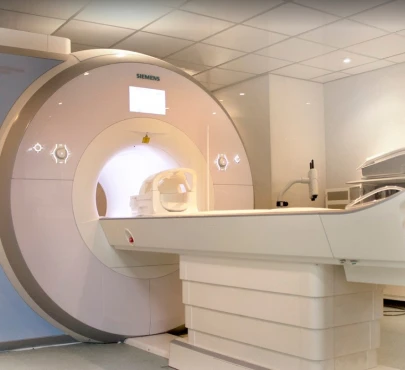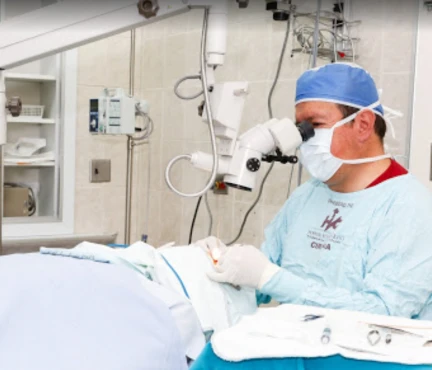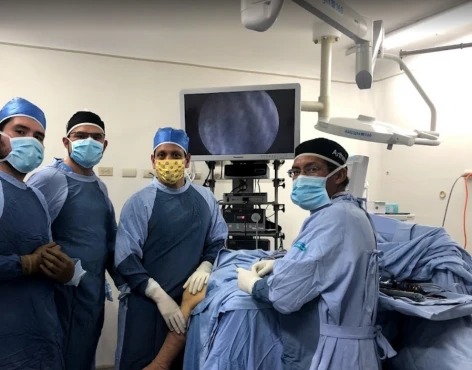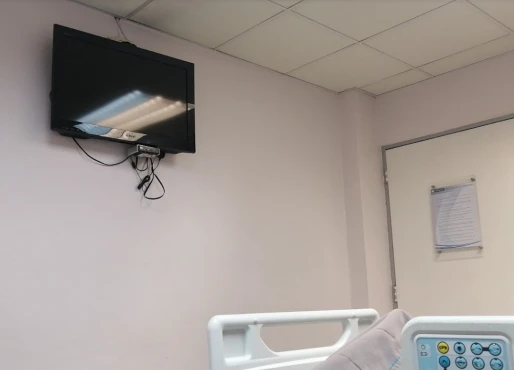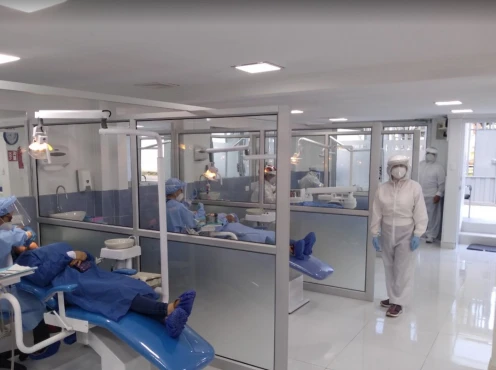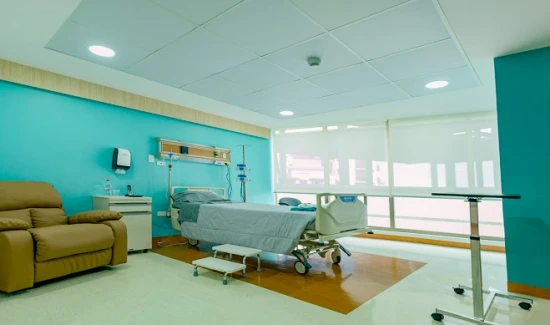Myocardial infarction (MI) treatment in 9 Cardiac surgery clinics in Ecuador
9 clinics specializing in Cardiac surgery providing treatment of
Myocardial infarction (MI)
Myocardial infarction (MI), commonly known as a heart attack, occurs when blood flow to a part of the heart is blocked, leading to the death of heart muscle tissue. It is a medical emergency and requires immediate treatment to restore blood flow and prevent further damage.
Read more...
disease in Ecuador.
Sorted by:
Relevance
Rating
Relevance
Prices for popular procedures:

Quito, Ecuador
Specializations: Cardiac surgery, Vascular surgery, Thoracic surgery, Neurosurgery, Spine surgery, Orthopedic surgery, Oncology
We are the materialization of the dream of a group of enterprising doctors, committed to building a different hospital, with an organizational structure drawn horizontally
read more
Prices for popular procedures:
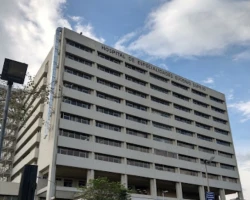
Quito, Ecuador
Specializations: Cardiac surgery, Vascular surgery, Thoracic surgery, Neurosurgery, Orthopedic surgery, Oncology
At the Eugenio Espejo Specialty Hospital, we work under a comprehensive humanistic philosophy, thus fulfilling the mission of providing quality and friendly health services in
read more
Prices for popular procedures:
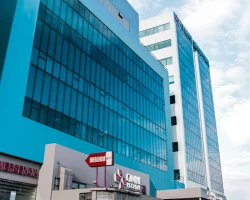
Guayaquil, Ecuador
Specializations: Cardiac surgery, Thoracic surgery, Neurosurgery, Orthopedic surgery, Oncology
Languages: English
OMNI Hospital opens its doors in Guayaquil on March 3, 2009 with an innovative hospital proposal, aimed at providing top quality services with excellent infrastructure,
read more
Prices for popular procedures:
Prices for popular procedures:
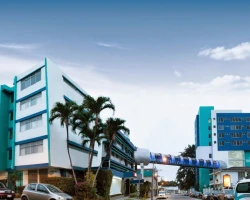
Guayaquil, Ecuador
Specializations: Cardiac surgery, Vascular surgery, Thoracic surgery, Neurosurgery, Spine surgery, Orthopedic surgery, Oncology
Languages: English
The Alcívar Hospital was founded on Thursday, November 25, 1937. It was originally called the Alcívar-Esteves Clinic, as it was directed by Dr. Eduardo Alcívar
read more
Prices for popular procedures:
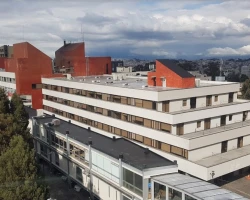
Quito, Ecuador
Specializations: Cardiac surgery, Vascular surgery, Thoracic surgery, Neurosurgery, Spine surgery, Orthopedic surgery, Oncology
Languages: English
At Hospital Metropolitano we work with QUALITY, continuously improving our services. We constantly innovate processes, equipment and infrastructure to meet the needs and expectations of
read more
Prices for popular procedures:

Guayaquil, Ecuador
Specializations: Cardiac surgery, Vascular surgery, Thoracic surgery, Neurosurgery, Spine surgery, Orthopedic surgery, Oncology
We are a Hospital Group that provides medical and diagnostic services, supported by state-of-the-art equipment. We offer quality care with warmth, professionalism, experience and security.
read more
Prices for popular procedures:
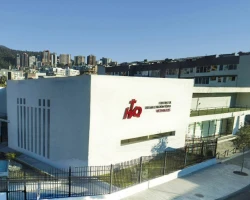
Quito, Ecuador
Specializations: Cardiac surgery, Vascular surgery, Thoracic surgery, Neurosurgery, Spine surgery, Orthopedic surgery, Oncology
Languages: English
We are commited to quality and patient safety. To do this, with the leadership of Senior Management, we work towards the continuous improvement of processes,
read more
Prices for popular procedures:
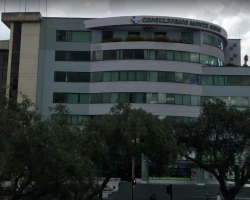
Cuenca, Ecuador
Specializations: Cardiac surgery, Vascular surgery, Thoracic surgery, Neurosurgery, Spine surgery, Orthopedic surgery, Oncology
The Monte Sinaí Hospital is currently the largest Medical Center in the Austro in terms of infrastructure; We have more than 350 offices where more
read more
Clinics grouping by rating
Clinic with the highest rating of 4.3 — OMNI Hospital in Guayaquil, Ecuador, clinic with the most reviews number of 344 — Hospital Vozandes Quito in Quito, Ecuador.
With rating 4.0 and over — 6 clinics .
Countries with the highest number of clinics treating the diseases:
Myocardial infarction (MI):
worldwide
774 clinics
Brazil
47 clinics
Germany
44 clinics
India
40 clinics
Mexico
33 clinics
Colombia
32 clinics
Related procedures:
Procedures are likely to be used for Myocardial infarction (MI) treatment:
Cardiac catheterization,
Intraaortic balloon pump (IABP) procedure,
Intracardiac echocardiography (ICE),
Off-pump coronary artery bypass surgery,
and
Percutaneous coronary intervention (PCI) with angioplasty
.
